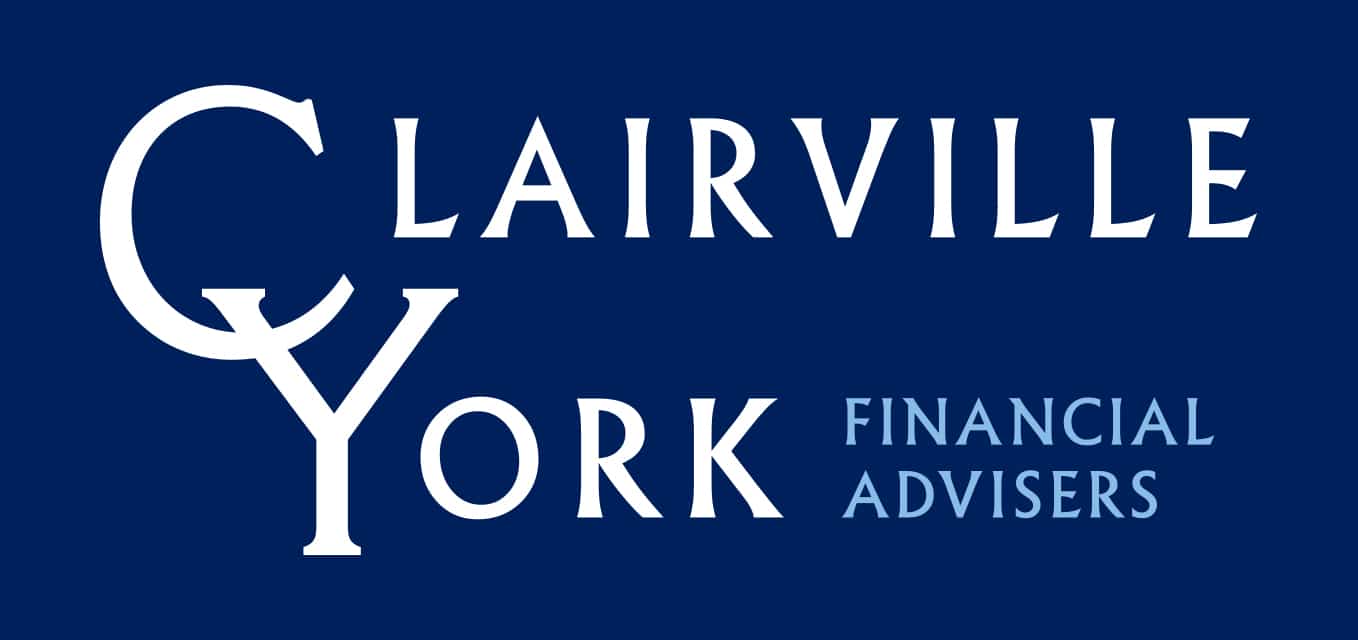Personal Allowances and Savings
The increase in the personal allowance to £12,500, as well as the widening of the income band charged at basic rate tax by £3,000, means that higher rate tax is now not charged until taxable income reaches £50,000 (note that rates for Scotland differ slightly). Whilst the basic rate tax band has been widened by […]
